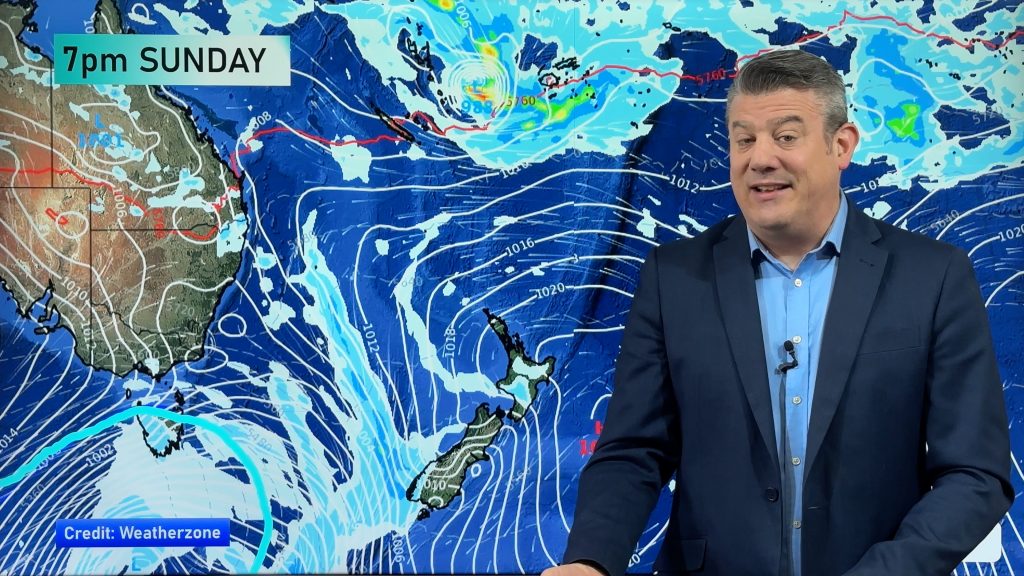
> From the WeatherWatch archives
The beaches of Bay of Plenty are home to some of New Zealand’s best surfing spots but this photo captured yesterday by surfer Ben Haarmann caught these different waves over the top of Mt Maunganui and not from the beach below.
These stunning – and rare – clouds are known as Kelvin-Kelmoltz clouds. Catchy title huh?
The rolling, wave-like cloud formations are also known as billows.
The clouds are named after scientists Lord Kelvin and Hermann von Helmholtz, who discovered the process by which they form.
“They are the atmospheric equivalent of those great breaking waves that you sometimes see on the ocean,” says Dr. Greg Forbes of The Weather Channel in the US.
These breaking atmospheric waves occur in an environment with a large amount of vertical wind shear and stable air. Wind shear is a change in the speed and direction of winds as you go higher in the atmosphere.
In this case, winds at the top of the cloud layer are moving faster than the base of that same layer. This causes the top to crash downwards in a curling manner after it hits the stable layer above.
The rolling motion created by this type of wind shear also causes turbulence for aircraft.
However, the rolling clouds motions are often masked by a large amount of cloud cover. Other times, there are no clouds around to illustrate the wave pattern.

– Our thanks to Ben Haarmann for the photo, Greg Forbes from TWC for the explanation.
– WeatherWatch.co.nz
Comments
Before you add a new comment, take note this story was published on 26 Sep 2016.





Add new comment